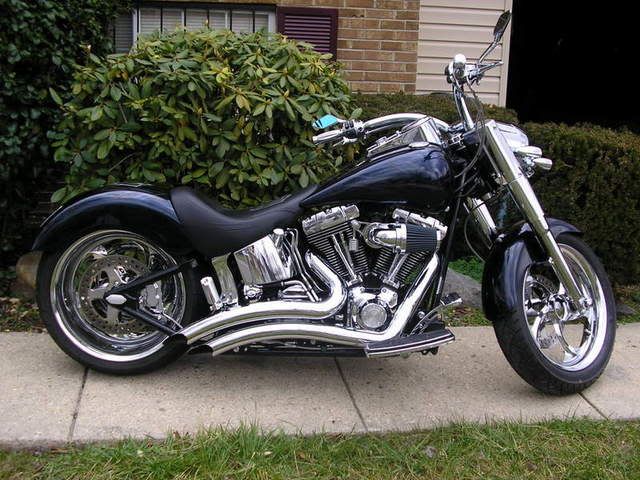The Typhoon III is ideal for complex and restrictive loops (CPU, GPU, board, multiple rads all in one). For a simple CPU loop, it's not going to help at all (and such a simple loop usually gets high flowrates anyway).
The best way to use a Typhoon III is to take a restrictive loop and splitting it into two less restrictive subloops, with the flow-loving components being in an equally or less restrictive subloop compared to the other subloop.
Yeah, this is a really abstract concept and something that's probably best shown with actual numbers (I'll get to doing that maybe tonight). But let's say you have a loop that runs at 1GPM in a serial config off a D5. At 1GPM with a D5, the pressure drop of the loop will be roughly 4.5psi. That comes out to just under 2W of pumping power.Originally Posted by bluehaze
If you split the loop perfectly evenly, you'll get roughly half that pressure drop. At that pressure drop, the D5 runs at 3.25GPM, meaning ~1.6GPM per loop. Of course that is too high (it ignores equilibrium), but if you do have it in an equilibrium situation, you'll get roughly 1.3GPM per loop, or 2.6GPM through the pump. At 2.6GPM and 3.25PSI of pressure drop, that's just over 3.5W of pumping power.
The jump from 2W to 3.5W of pumping power is why this works (and that's the efficiency thing....efficiency = pumping power / power consumed). If the pumping power were untouched, you'd get identical flow per subloop, but because the pump runs so much more efficiently between 2.5GPM and 3GPM than it does at 1GPM (meaning it is more powerful from the perspective of the water), it translates into more actual flow through the pump than the 'expected' 2GPM, resulting in an increase in flow through the subloops.





 Reply With Quote
Reply With Quote


 I prefer 'economy-sized male' or 'horizontally challenged'.
I prefer 'economy-sized male' or 'horizontally challenged'.





Bookmarks